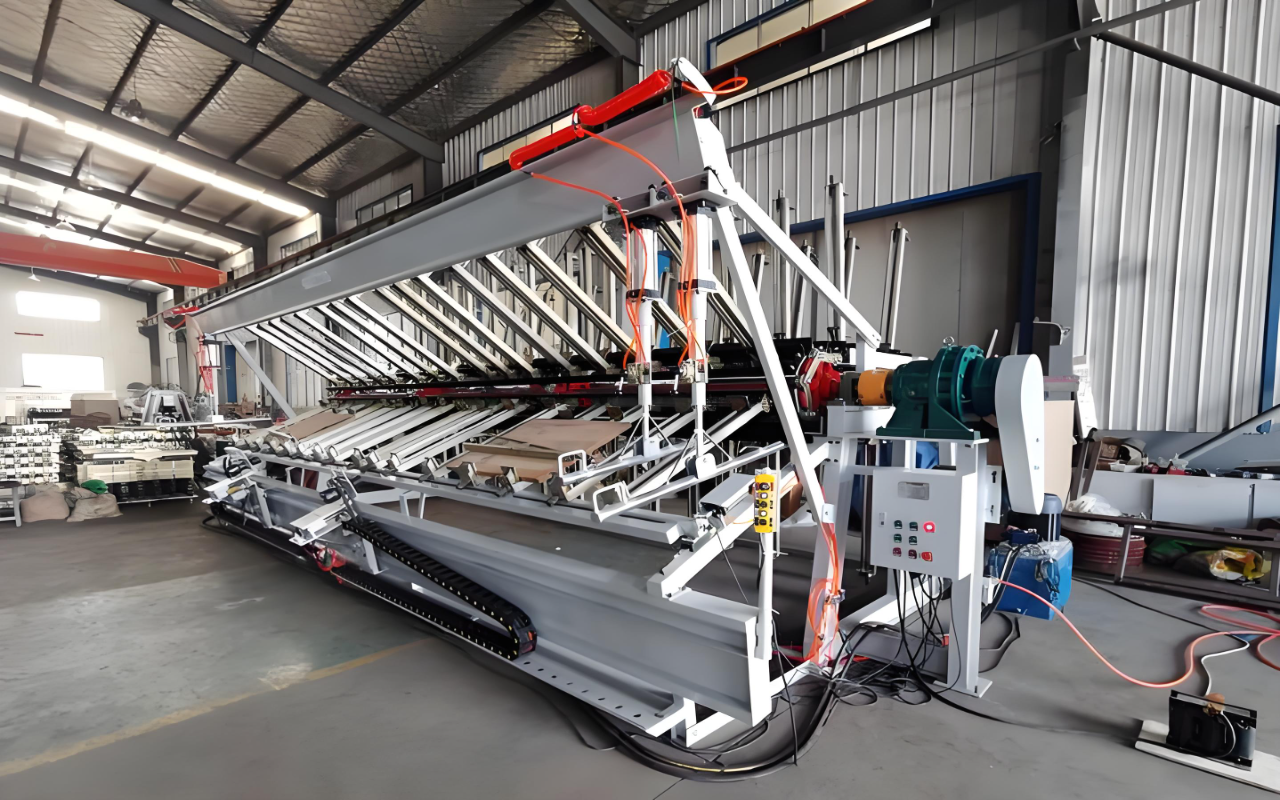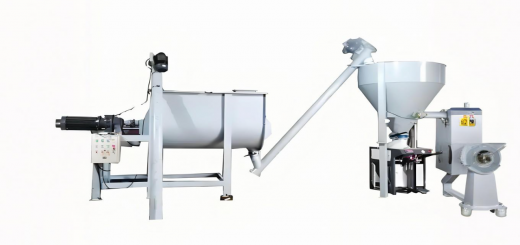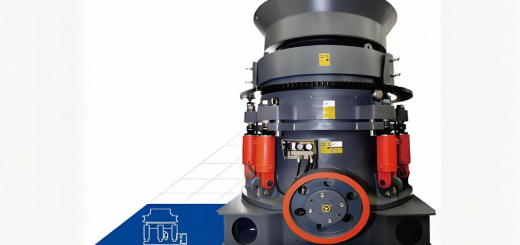Woodworking Composer: Integrated Systems for Advanced Wood Composite Manufacturing

What is a Woodworking Composer?
A woodworking composer refers to a production line that combines wood fibers, resins, and additives to manufacture engineered wood products like particleboard, MDF, or wood-plastic composites (WPC). These systems integrate mixing, pressing, and finishing stages for high-efficiency output.
Categories of Woodworking Composers
- Hot Press Lines
- Use heat and pressure to cure resin-bonded panels (e.g., MDF, plywood).
- Extrusion Lines
- Melt and mold wood-plastic composites into profiles for decking or fencing.
- Cold Press Systems
- Employ adhesives that cure at room temperature for eco-friendly boards.
- Multi-Layer Composers
- Produce laminated products with surface finishes (e.g., melamine-coated boards).
Key Advantages
- Material Versatility: Combine wood with plastics, metals, or ceramics.
- High Productivity: Outputs 100–1,000 panels per day.
- Eco-Friendly Options: Use recycled wood or biodegradable resins.
- Customization: Adjust density, thickness, and surface textures.
Applications
- Construction: WPC decking, structural insulated panels.
- Furniture: Engineered boards for cabinets and shelves.
- Automotive: Lightweight interior panels.
Operation Process
- Raw Material Prep: Shred wood into fibers or mix with polymers.
- Blending: Combine with resins, flame retardants, or colorants.
- Forming: Spread mixture into mats or feed into extruders.
- Pressing/Curing: Apply heat/pressure to bond materials.
- Finishing: Cut, sand, or coat surfaces.
Technological Advances
- AI Quality Control: Detect defects in real time using vision systems.
- Closed-Loop Recycling: Reclaim production scrap into new batches.






